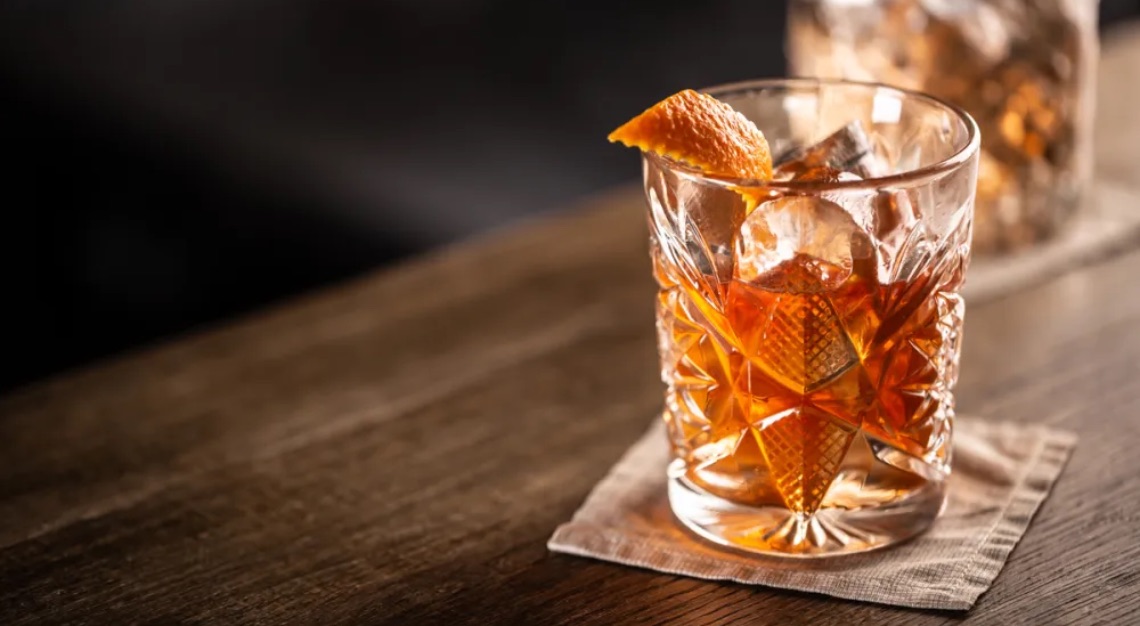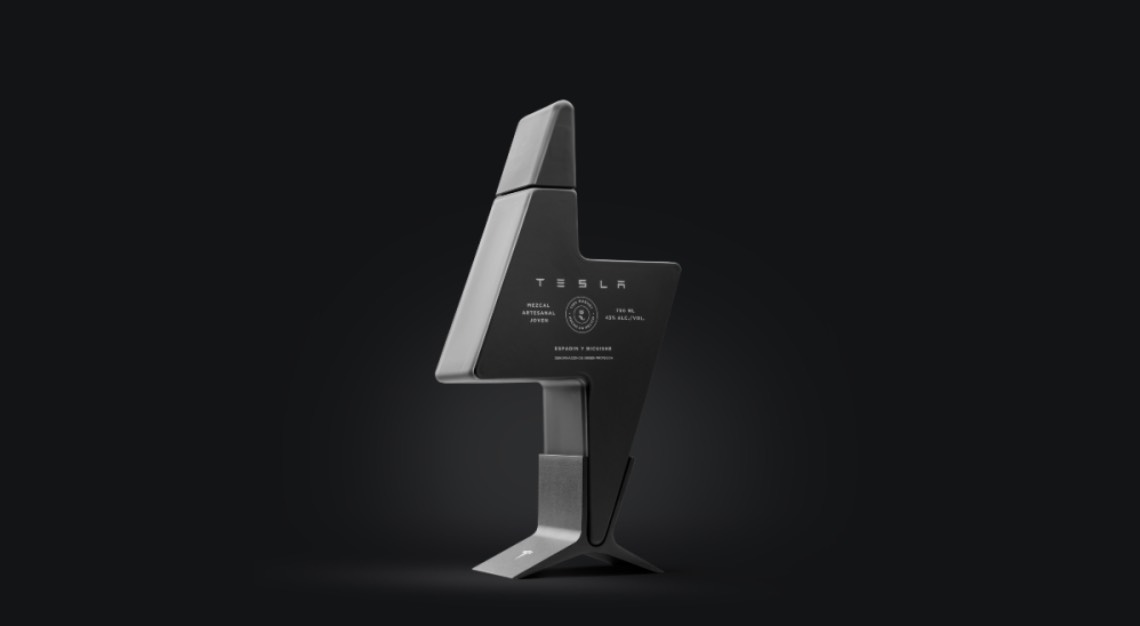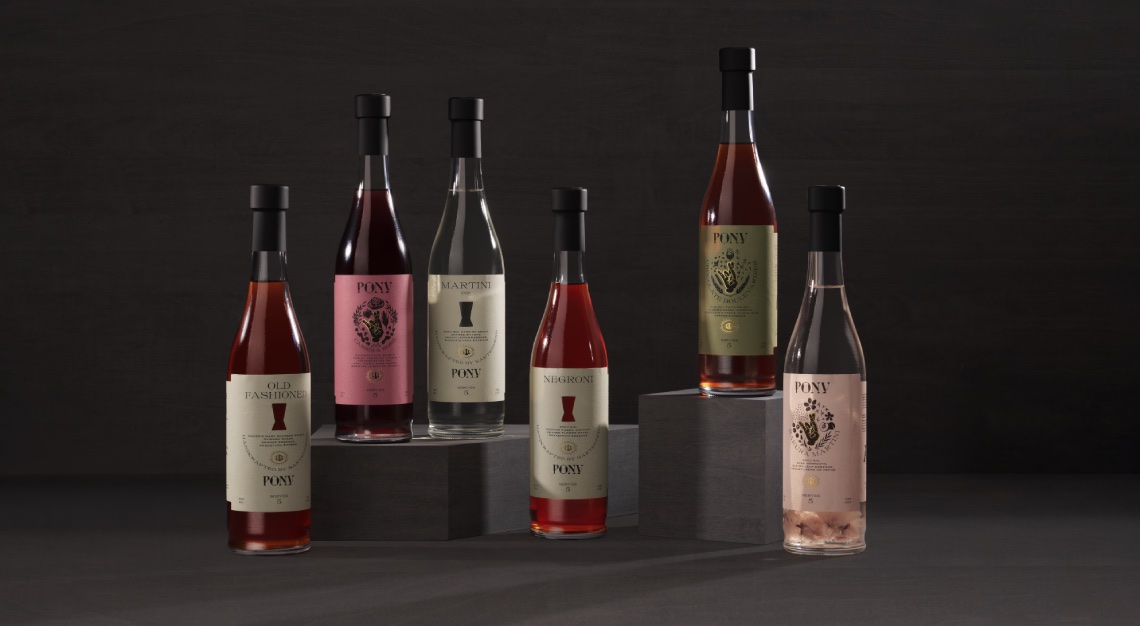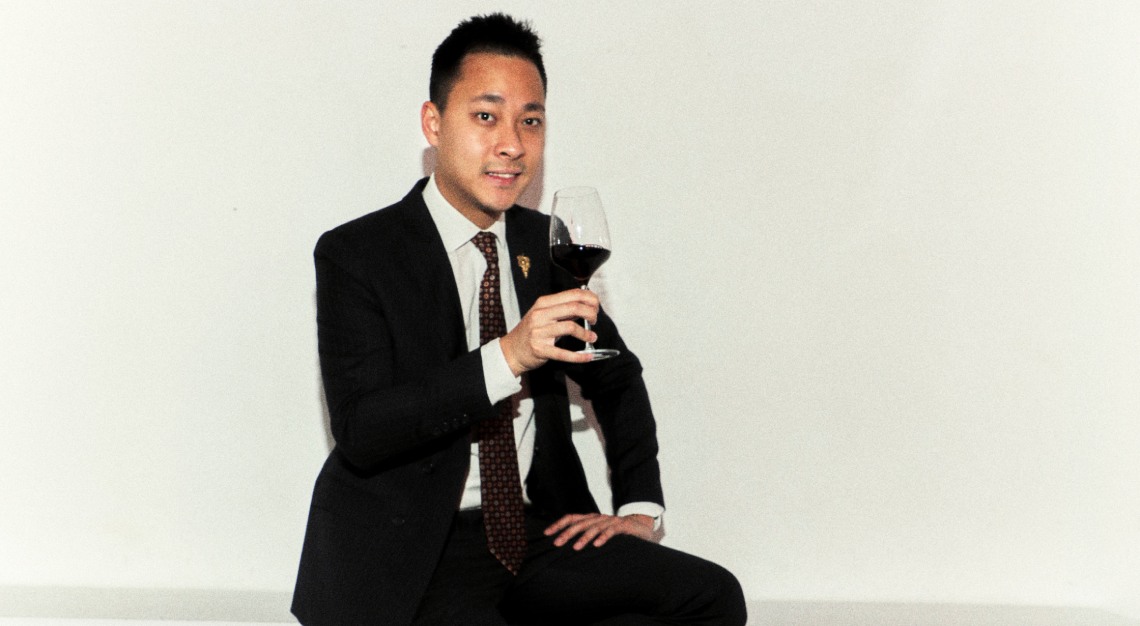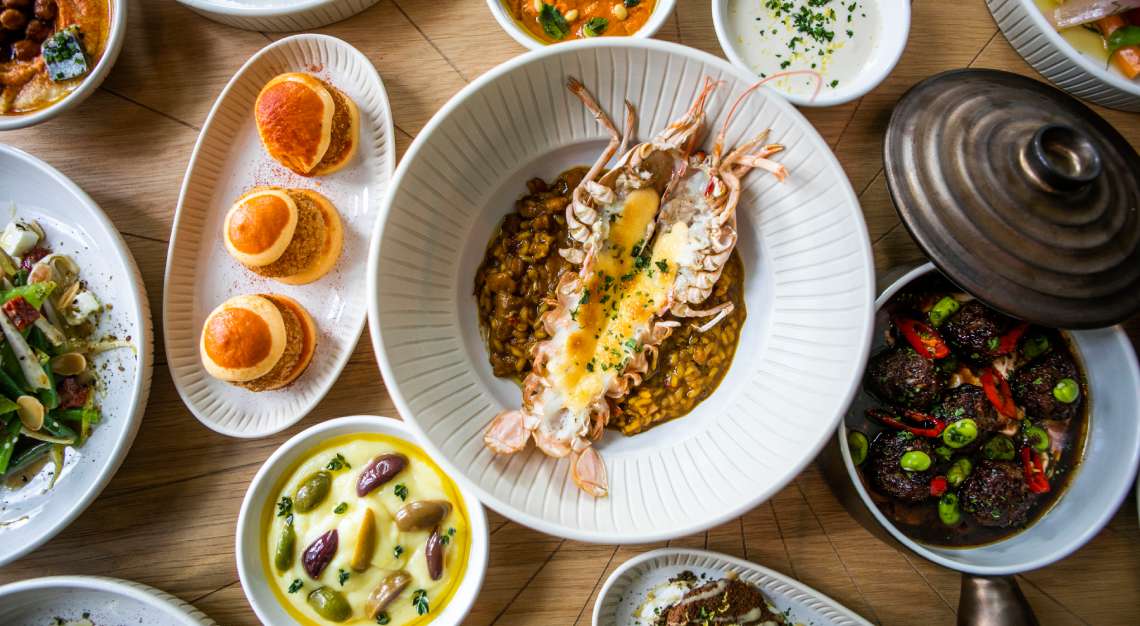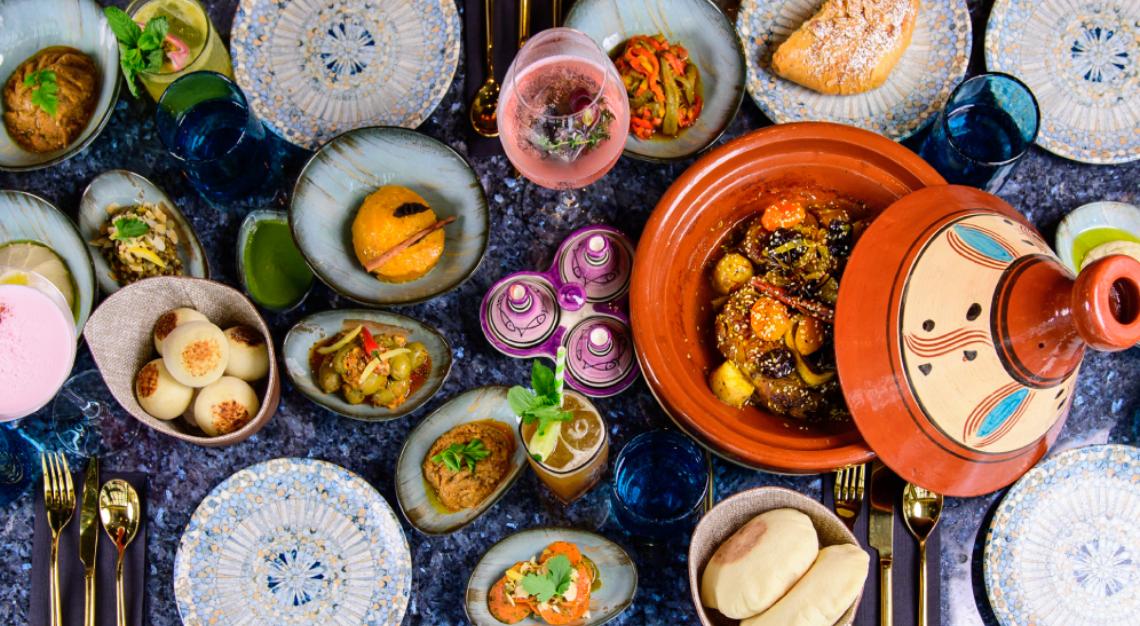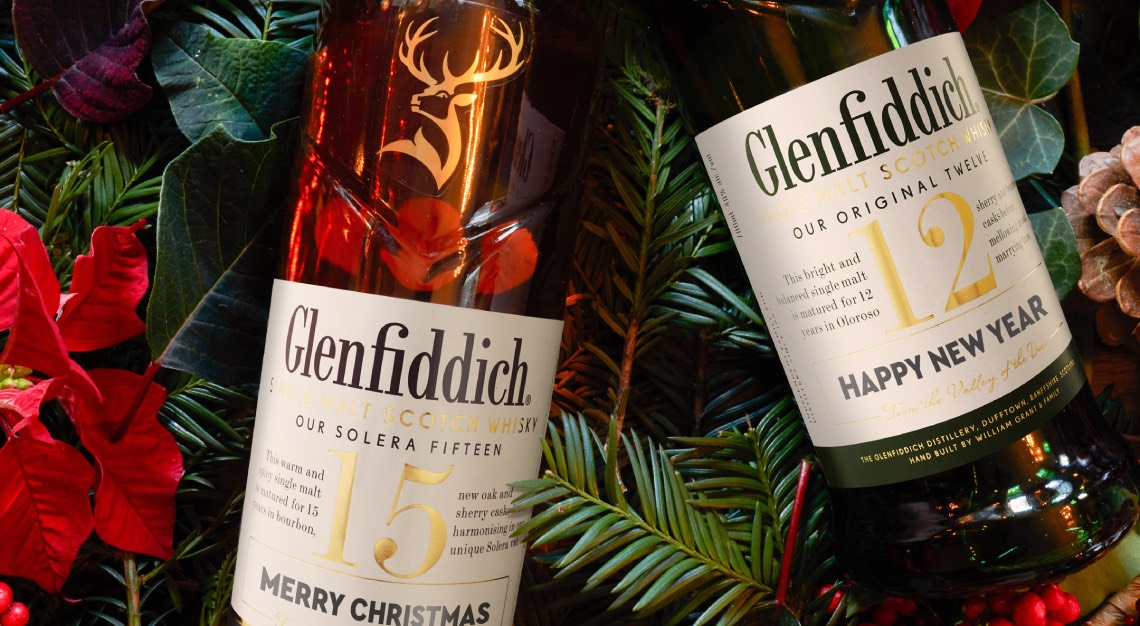The drink that ushered in the era of fat-washed spirits
With the benefit of hindsight, Don Lee’s core idea—what if we added bacon?—doesn’t seem that groundbreaking, but in 2007, it was practically a revolution.
To be clear, bacon had been added to cocktails before. Any idiot can (and indeed, many idiots have) put a cold piece of bacon in a Bloody Mary to get weird and soggy at the bottom of the drink, or balanced a piece of bacon on the rim of an Old Fashioned to leave gross oily splotches on the glass, but the Benton’s Old Fashioned is a difference of kind. It is clean, precise, and scientific, a technical revolution as much as a flavour one. If those other drinks are scrambles, the Benton’s Old Fashioned is a soufflé.
The pioneering insight was not to add the bacon, but to remove it. Everyone loves bacon, after all, but absolutely no one wants shiny slicks of fat congealing at the top of their drink. But how to remove the fat? Oil is famously difficult to remove from water, as you know, but what about alcohol? As it turns out, it would take a couple of chefs, borrowing from a long line of perfumers to come across the answer, which is something bartenders around the globe now know as “fat washing.”
It goes like this: Alcohol, as you already know from the bottle of vodka in the freezer, has a radically depressed freezing point—an 80-proof spirit has a freezing point less than -10°F, or about 40 degrees lower than water, and some 110 degrees lower than animal fat. What that means is if you want to remove fat from alcohol, just place it in the freezer: Everything that’s not alcohol (the fat) will freeze, making it trivially easy to remove with a coffee filter, and giving you a deeply flavoured infusion with none of the actual fat (or practically none, see note below recipe).
Back to 2007—Don Lee was working at PDT in the East Village, and frequenting Momofuku Ssam Noodle Bar, where he had one of the best bites of bacon he’d ever experienced, a slow-cured, hickory-smoked product from Benton’s Smoky Mountain Country Hams out of Madisonville, Tenn. He got some of the extra bacon fat from the restaurant just to cook with on his own, but after hearing about the fat-washing technique from the chefs at the visionary restaurant wd~50, he decided to give it a go with the bacon fat into bourbon. Inspired by breakfast, he gave it the Old Fashioned treatment, a kiss of sweetness with maple syrup and an orange peel, and spiced it with Angostura Bitters. It was an immediate hit and was one of (if not the) top sellers at PDT ever since.
Looking back, what’s amazing about the Benton’s Old Fashioned is the amount of restraint at play. Imagine discovering fat washing! If it were me, I feel like I’d have cranked up the infusion, extracting maximum flavour out of the bacon and blowing everyone’s minds, but the PDT guys correctly saw that if they did that, it would be a novelty, not a top seller: “As much as I enjoy intense flavours,” Lee told Difford’s Guide later, “I would never want to drink two let alone finish one over-the-top bacon cocktail.”
This kind of impulse control is rare, both among bartenders and in relationship to bacon generally, and the bacon-drinking world is better for it.
Benton’s Old Fashioned
- 2 oz. bacon-infused bourbon*
- 0.25 oz. maple syrup
- 2-3 dashes Angostura Bitters
Add a large piece of ice to a rocks glass, add liquids, and stir for about 10 seconds. Express the oils of an orange peel over the top and place the peel in the drink as a garnish.
*Bacon-infused Bourbon
- 8 oz. bourbon
- 0.5 oz. bacon fat
Put two or three strips of bacon in a pan, and heat gently and slowly—you want to make extra sure not to scorch or smoke the fat. When the bacon is almost cooked, pour off the liquid rendered fat into a separate container.
You need 0.5 oz. (1 tbsp) of fat for every 8 oz. of bourbon, so start with that ratio and scale up if you desire. Combine the two in a non-reactive container and stir. Let sit at room temp for four to 24 hours, then transfer to the freezer until frozen (about 2hrs). Strain the liquid off the now-solid fat through a coffee filter or cheesecloth, and it should be totally clear.
Since it will change slowly over time, the best practice is to keep the bourbon in the fridge. There’s a non-zero chance it could go rancid (though it’s never happened to me), so try to use it on the quicker side, within a couple weeks.
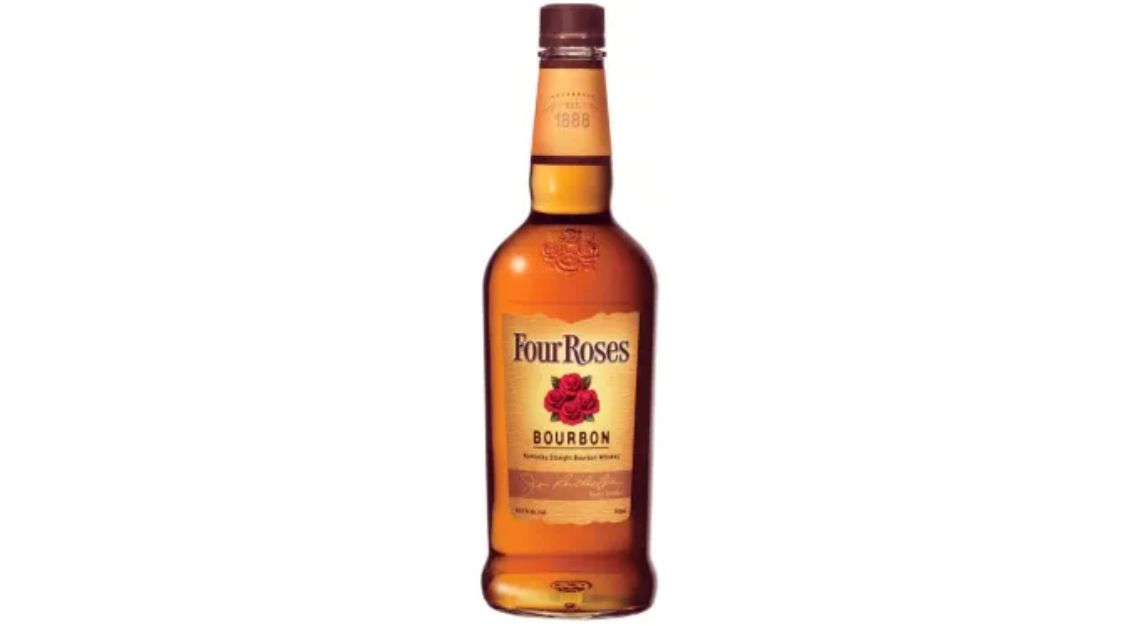
NOTES ON INGREDIENTS
Bourbon: PDT originally used Four Roses Yellow Label, which is a perfectly fine bourbon for the experience. All bourbons work here—Old Fashioneds by category are like 90 per cent spirit, so whatever bourbon you like to drink, you’ll like it here.
Bacon: This cocktail was specifically inspired by the high quality of the bacon, which is a good lesson to take. I tried this infusion with basic, grocery store bacon and also with the finest, most artisanal, happiest-pig bacon I could possibly get, and did notice a distinct difference—the grocery store brand was flatter and with a smaller range of flavours. It made probably a 25 per cent difference, which is not trivial. Also, as a bonus, the infusion needs the fat but not the meat itself, which means you get to eat the bacon, so buy something good.
Maple: The PDT Cocktail Book specifically calls for Grade B Maple Syrup, which is deeper and more intensely maple flavoured than Grade A. That seems like good advice, but I wouldn’t go too far out of your way for it, any real maple syrup is going to be just fine. Do not—do not—use any of the fake, plastic bottled, artificially flavoured corn-syrup masquerading as actual maple syrup. You really shouldn’t be using that for anything at all, but it absolutely will not work for this drink or any other.
Bitters: You can mess around with the bitters here if you really want to—I suspect the cocktail would work with a wide variety—but it’s hard to beat good old Angostura, of which you should already own a bottle anyway.
Garnish: Lee pointed out that the oils of an orange peel expressed over the top works to mask the bacon aroma, which does some additional work to keep the bacon effect subtle. All citrus peels would do this really, but insofar as the flavours of bacon, maple, and bourbon are concerned, orange is pretty obviously the best option.
Science Notes: The very smart, MIT-educated Kevin Liu (who wrote a book on the science of cocktails) proposes that you’re probably not getting all the fat out of the spirit when you “wash” it, but you’re getting practically all of it. This doubles down on the idea that fat washed spirits—especially animal fat, which I generally don’t recommend but works in specific cases like this—should be kept in the fridge, and used quickly. But I want to underline the most important thing, which is that when done properly, fat-washed spirits don’t look or taste fatty in the slightest. For all intents and purposes, the fat is completely removed.
This story was first published on Robb Report USA. Featured photo by Getty Images
